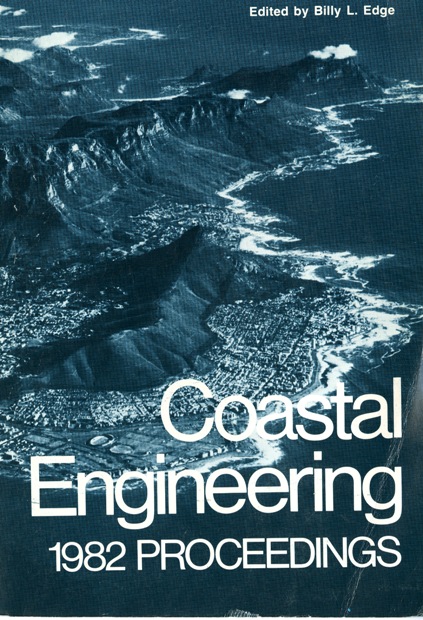Abstract
The design scheme of the Zeebrugge Outer Harbour, Belgium, consists mainly of two breakwaters protruding into the sea as far as 1,750 m beyond the existing mole or 3.000 m out from the coastline. The west outer breakwater is 4,450 m long, the east breakwater runs 4,300 m out from the seafront. The east outer harbour will accommodate terminals for liquid bulk products such as LNG. The west outer harbour will provide space to install two harbour bassins to suit general cargo, hazardous cargo, container and ferry traffic. In the paper emphasis is put on the environmental design conditions (wave height, wave period, water depth), the development of preliminary designs and the final design. Some design features such as dimensions, wave breaking carpet, armour units, workable limits in respect to rock grade, etc ... are discussed. By developing the design the rubble-mound breakwater has been judged to be the only viable alternative versus the caisson type breakwater, taking into account costs, technical risks, construction problems and flexibility under changing environmental conditions. The main feature of the breakwaters is that a huge concrete parapet will have been avoided. A so called flat semi-cube armour unit has been developed. The main advantage lies in the substantial economic benefit whilst maintaining the same stability performance as a concrete cube armour unit.
Authors retain copyright and grant the Proceedings right of first publication with the work simultaneously licensed under a Creative Commons Attribution License that allows others to share the work with an acknowledgement of the work's authorship and initial publication in this Proceedings.

